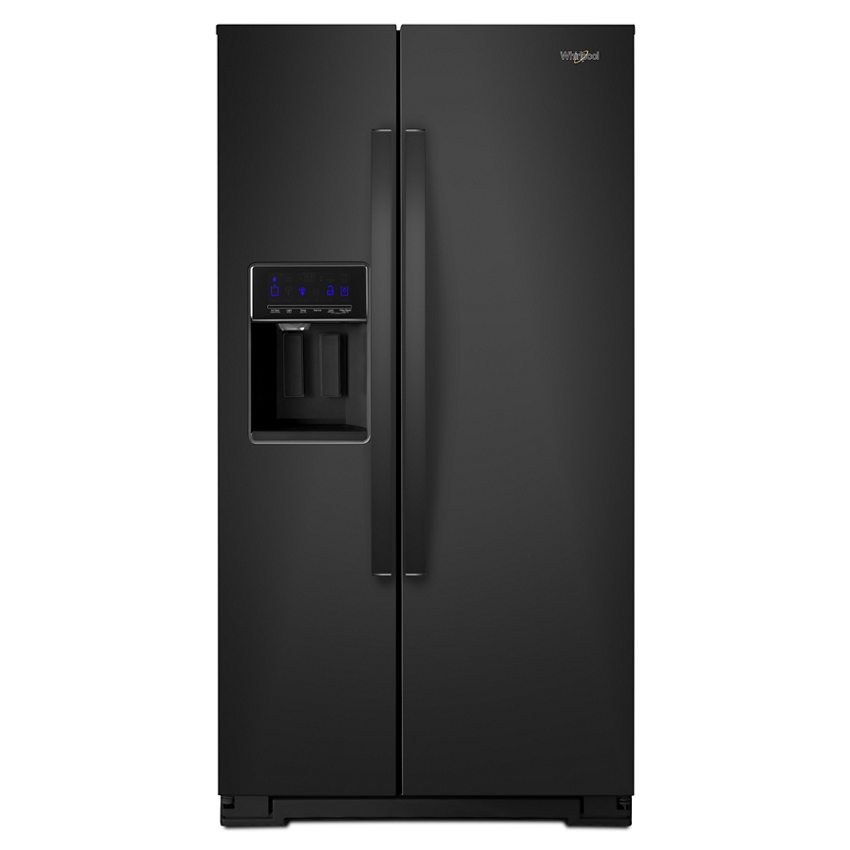All about Fridges & Freezers
Table of ContentsFridges & Freezers Can Be Fun For Everyone9 Simple Techniques For Fridges & FreezersFridges & Freezers for DummiesThe Facts About Fridges & Freezers RevealedFridges & Freezers - TruthsExcitement About Fridges & Freezers
This compels its molecules (red blobs) together and makes it warm up. If you have an innovative type of mind, you can probably imagine cobbling together some kind of pump-like device that blows up a bike tire in one place and after that deflates it an additional place, which would relocate warm in between the two. fridges & freezers.Exactly how would certainly that work?, which consists of a liquid kept under pressure.
That's partly since some of the liquid cools and also vaporizes (counts on a gas) as it leaves the container. It's also since some of the fluid hits your cozy skin and vaporizes at that factor: it turns right into a gas by taking warmth from your bodyand that makes your skin feel cooler.
Top Guidelines Of Fridges & Freezers
When a liquid turns right into a gas, or vaporizes, a few of its more energetic particles pull apart and break away. It takes a great deal of energy to make this occur, which is called the unrealized warm of vaporization, which power has to originate from within the liquid itself or something close by.



